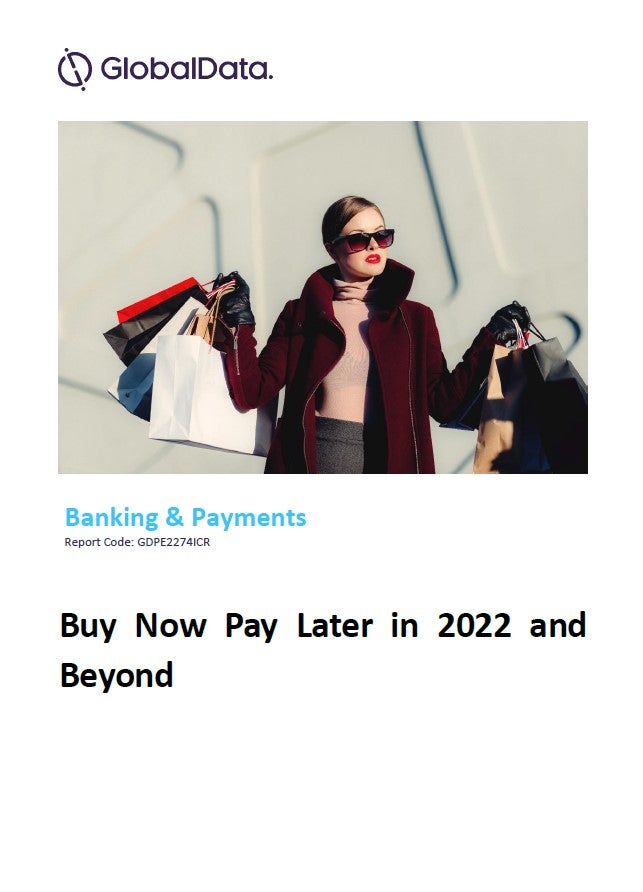The shift to digital access is having a significant impact on the news industry, with the business models of many news organisations coming under increasing strain. Mohamed Dabo reports
It is not yet clear how the coronavirus pandemic will affect levels of payment for online news.
The initial surge in news use near the beginning of the crisis led to optimism that an increase in paid subscriptions would soon follow. But at the same time, many people’s finances have been badly affected, meaning they may have to make tough decisions about what they can and cannot afford.
All this comes at a time when the stakes for many publishers have never been higher, as print revenues have shrunk during lockdowns, and there is growing pressure to bring in money online.
Commissioned by the Reuters Institute for the Study of Journalism at the University of Oxford, Kantar Media has conducted exploratory qualitative research into consumer attitudes towards paying for news in online environments. The study explored different future funding propositions for the news industry, as well as consumer awareness of the news industry’s funding challenges.
The project covered four countries – Finland, Spain, the UK and the US – with a series of pre-tasked discussion groups, allowing detailed investigation of news consumers’ behaviours and attitudes.
How well do you really know your competitors?
Access the most comprehensive Company Profiles on the market, powered by GlobalData. Save hours of research. Gain competitive edge.

Thank you!
Your download email will arrive shortly
Not ready to buy yet? Download a free sample
We are confident about the unique quality of our Company Profiles. However, we want you to make the most beneficial decision for your business, so we offer a free sample that you can download by submitting the below form
By GlobalDataThe countries were selected to cover a range of different models: countries with a strong or weak subscription history, those that offer diverse options for online news payment, as well as a mix of English- and non-Englishspeaking, and large, mid-sized and small populations.
The funding problem
The funding of journalism has been an intractable issue for the news industry in the past decade, and the pressure has only intensified in the face of precipitous declines in advertising revenues driven by the migration of audiences online.
Aggregators and social media have gained traction as providers of news, attracting the majority of the advertising revenue along the way. However, these technology platforms are curators, rather than creators, of content, so the diversion of funding is placing the professional production of news in jeopardy.
There is also a predicament in news itself. The abundance of information online obscures the value of professional journalism in the eyes of many consumers, rendering some news undifferentiated from the morass of information available online. At the same time, news organisations face a considerable challenge in explaining why their coverage is different from that of others, making it difficult for consumers to judge its value.
Nevertheless, free online news sources are likely to persist. Paid-for news organisations therefore need to be able to articulate effectively how their product is different and, ultimately, why it is worth paying for.
Although trust in news is declining in many countries, news brands continue to be valued by consumers. They provide an assurance of quality information, as well familiar tone and personality.
Yet, in an accelerated era of social media – when free news is ubiquitous, apps fuel information overload, and news appears commoditised – many see little point in paying for online news. News organisations face the problem of plenty.
Moreover, advertisement blockers are hindering the monetisation of online content, while fake news represents a potentially destabilising force.
With little consumer awareness of the existential crisis facing the news industry, there is little appetite to pay for online news. This maelstrom is making the business model conundrum increasingly urgent.
Paying for online news
Kantar Media’s research suggests that consumers would favour a subscription aggregator over other payment propositions because it combines content plurality with simplicity in decision making, and it puts news on the trajectory of evolving technology.
Yet, in an environment of abundant free online news, commercial revenue is bound to continue to be crucial. Monetisation of the frictionless but blurred boundary between editorial and commercial content will need to be approached carefully to win consumer acceptance.
Commercial support of online news funding through advertising and sponsorship needs to strike a balance in the degree of friction imposed by advertising formats and the degree of blurring of editorial-commercial boundaries that characterises sponsorship ideas.
The Kantar Media study suggests that consumers would be more accepting of formats that allow them to navigate editorial and commercial space without confusion. It also suggests that consumers would welcome commercial content that delivers value to them, such as relevant e-commerce offers, and carefully developed high-quality sponsored content and links.
Reasons to pay
Why do some people pay for online news? The research sample included some people who pay for online news and they had a variety of reasons for doing so, relating to the news content itself as well as platform and brand benefits.
- Content-related motivations: Quality is an important driver of paying for online news, although it can refer to different things such as accuracy and impartiality of reporting, breadth and depth of coverage, or an engaging and familiar writing style.
- Platform-related motivations: Those who pay for online news also enjoy the convenience of a superior online experience. They appreciate providers that allow them to customise the interface, prioritise content of interest, and consume across devices. Apps, in particular, increasingly set this expectation and fit conveniently into the rhythm of commuting.
- Brand-related motivations: The news brand can also be a driver of paying for online news. Although entwined with the news content itself and the functional benefits, a news brand is something more than these aspects: it carries with it a promise of trustworthiness and quality assurance. It was notable in the US, in particular, that some people pay for a reputable news brand in order to avoid the pitfalls of click-bait and fake news.
Barriers to paying
The barriers to paying for online news are not insignificant. The main reason is the plentiful availability of online news free of charge. In an era when news is pushed through social media and seems ubiquitous, many research participants wondered why anyone would pay for online news. There are also barriers related to content and functional restrictions.
- Cost-related barriers: The news industry has set the expectation of news being available free of charge, and continues to feed consumers. Many feel there is simply no need to pay.
- Content-related barriers: Social media, broadcast channels and other platforms are considered to be awash with information. News is readily available. Those who do not pay for online news do not feel they are missing out. News has been commoditised and devalued.
- Restriction-related barriers: Not only is there much news freely available online, but some people consider the plurality of sources to be a positive benefit and therefore a good reason not to limit themselves to paying for news from a single brand.
Lessons from paid media
Video on demand and audio-streaming services such as Netflix and Spotify have grown in popularity around the world, in stark contrast to the fortunes of traditional news organisations.
As with digital businesses in other sectors, their consumer value proposition and business model have challenged long-established practices and disrupted incumbents in the market. They have also succeeded in developing large numbers of subscribers that provide strong revenue streams. What can be learned by news media from the success of these and other digital media businesses?
While it might seem that there should be similarities between different types of online media, participants more readily observed significant differences. The first is that Netflix and its peers are challenger brands that represent innovation, whereas traditional news organisations – especially those with a print heritage – are perceived as incumbents that are being disrupted and surpassed. Expectations of these different types of business vary.
There is also a contrast in the nature of the content. Services such as Netflix and Spotify offer an appreciably different experience from online news: participants commented that these services provide entertainment, which is about enjoyment, relaxation and pleasure. The comparison of entertainment services with online news positioned the latter as hard work in participants’ minds.
Where value lies
Although entertainment services such as Netflix and Spotify work differently from news, there are lessons to draw about where value lies in the news industry. Much news has become commoditised, but there are six areas that may be leveraged:
- Unique content: There is value in news about specialist topics and coverage of niche interests, as well as content from writers of repute. There is also value in variety, which allows serendipitous content discovery, as well as evergreen content that remains relevant beyond the daily news cycle.
- The consumer experience of news content: There may be value in providing a superior consumer experience: online news that is incisive and offers deeper analysis of macro issues, while being digestible and compellingly written.
- The value of a brand: A reputable brand signals trustworthiness and stands for something. It suggests high-quality journalism, superior writers with refined storytelling skills, a distinctive tone and style, and an authoritative voice.
- The functional experience: The functional experience of online news should be smooth and capitalise on technology. Apps provide convenience and should be customisable for a frictionless experience. Superior functionality suggests the potential for providing premium options that offer added value to consumers.
- Easy availability: Technology should also allow an online news brand to be used seamlessly across any platform and device. Payment or other funding options may be structured for different degrees of access and use. Reach could be extended through inclusion of news in bundles with other services, as long as risks to the brand’s impartiality and integrity are assessed.
- Plurality: Plurality of sources and brands, which online news facilitates, is one further way in which consumer value might be realised. Aggregators greatly facilitate this.
Combinations of these criteria are likely to provide value to consumers of online news, allowing differentiation from commoditised news. The opportunity for news businesses lies in these areas of higher consumer value.








